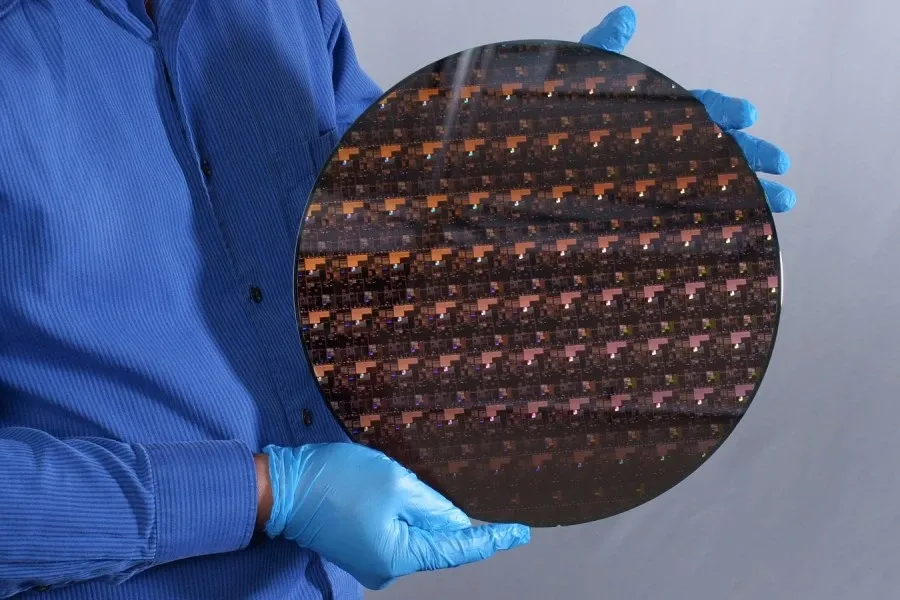Qualcomm Announces Snapdragon 8 Gen 5 Platform
Qualcomm added its latest smartphone platform to its premium-tier Snapdragon range.

IBM unveiled a breakthrough in semiconductor design and process with the development of the world's first chip announced with 2 nanometer (nm) nanosheet technology. Demand for increased chip performance and energy efficiency continues to rise, especially in the era of hybrid cloud, AI, and the Internet of Things.
2 nm chip technology helps advance the state-of-the-art in the semiconductor industry, addressing this growing demand. It is projected to achieve 45 percent higher performance, or 75 percent lower energy use, than today's most advanced 7 nm node chips. The potential benefits of these chips will include quadrupling cell phone battery life, only requiring users to charge their devices every four days. Slashing the carbon footprint of data centers is also expected.
Changing all of their servers to 2 nm-based processors could potentially reduce that number significantly. New technology should drastically speed up laptop's functions, ranging from quicker processing in applications, to assisting in language translation more easily, to faster internet access. It should also contribute to faster object detection and reaction time in autonomous vehicles like self-driving cars.
"The IBM innovation reflected in this new 2 nm chip is essential to the entire semiconductor and IT industry," said Darío Gil, SVP and Director of IBM Research. "It is the product of IBM's approach of taking on hard tech challenges and a demonstration of how breakthroughs can result from sustained investments and a collaborative R&D ecosystem approach.
The 2 nm design demonstrates the advanced scaling of semiconductors using IBM's nanosheet technology. Its architecture is an industry first. Developed less than four years after IBM announced 5 nm design, this latest breakthrough will allow the 2 nm chip to fit up to 50 billion transistors on a chip the size of a fingernail. More transistors on a chip also means processor designers have more options to infuse core-level innovations to improve capabilities for leading edge workloads like AI and cloud computing, as well as new pathways for hardware-enforced security and encryption.